Discovering a rare seashell on the beach is like finding a hidden treasure. These elusive shells captivate collectors with their unique beauty and intricate patterns. Each shell tells a story of the deep seas and the challenges of reaching their habitats. Their rarity adds to their allure, making them highly prized by enthusiasts. Here’s a list of the most elusive seashells and why they’re so special.
Junonia (Scaphella junonia)
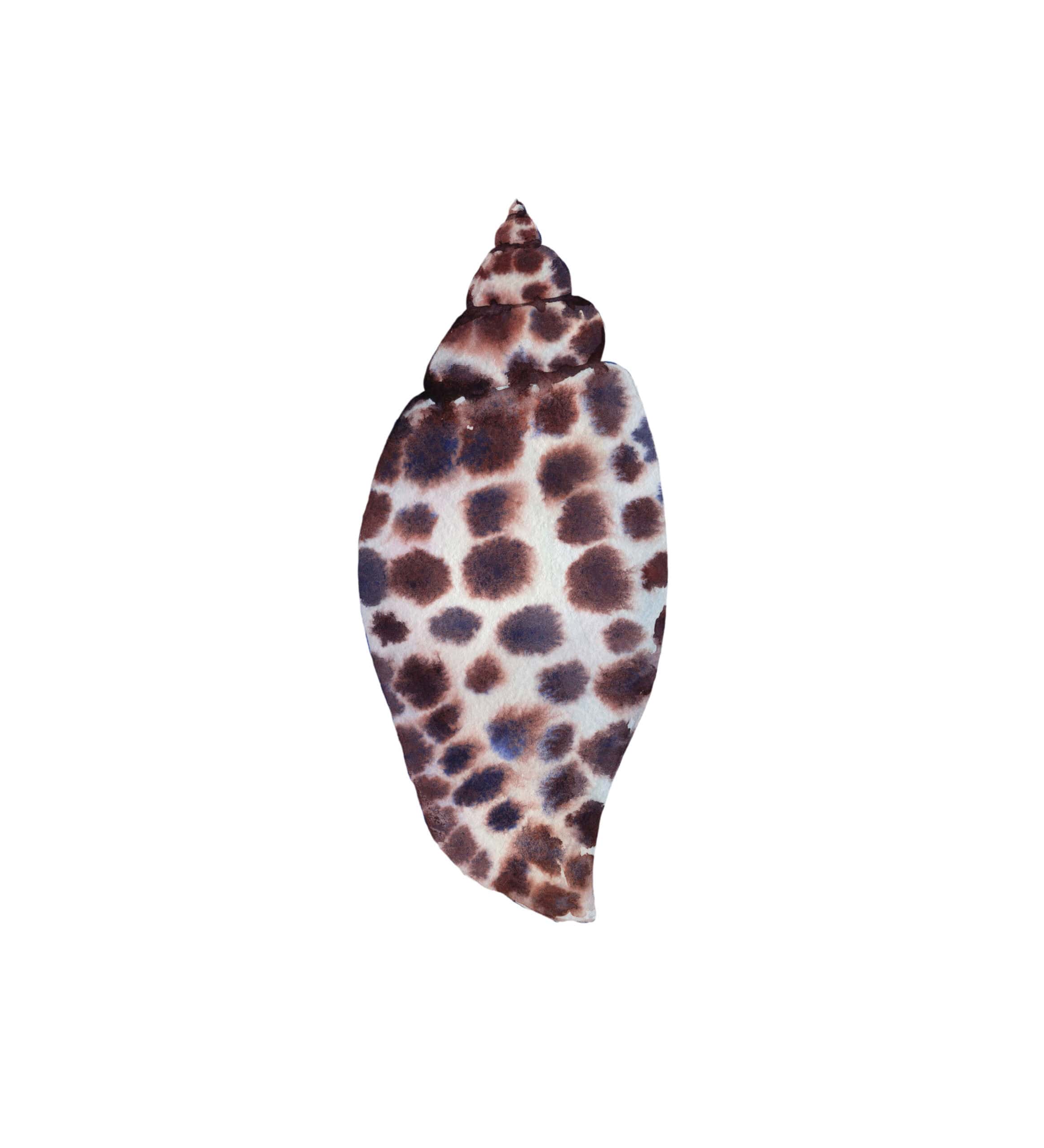
The Junonia shell is a true gem of the sea, known for its beautiful pattern of brown spots on a creamy white background. Its smooth and glossy surface makes it stand out among other shells. Typically found in deep waters, it rarely washes up on shore, making it a rare find for beachcombers. It inhabits depths that are difficult to reach without specialized equipment. This deep-sea dwelling nature is why it’s so elusive, and finding one on the beach is considered a lucky event.
Glory of the Sea Cone (Conus gloriamaris)
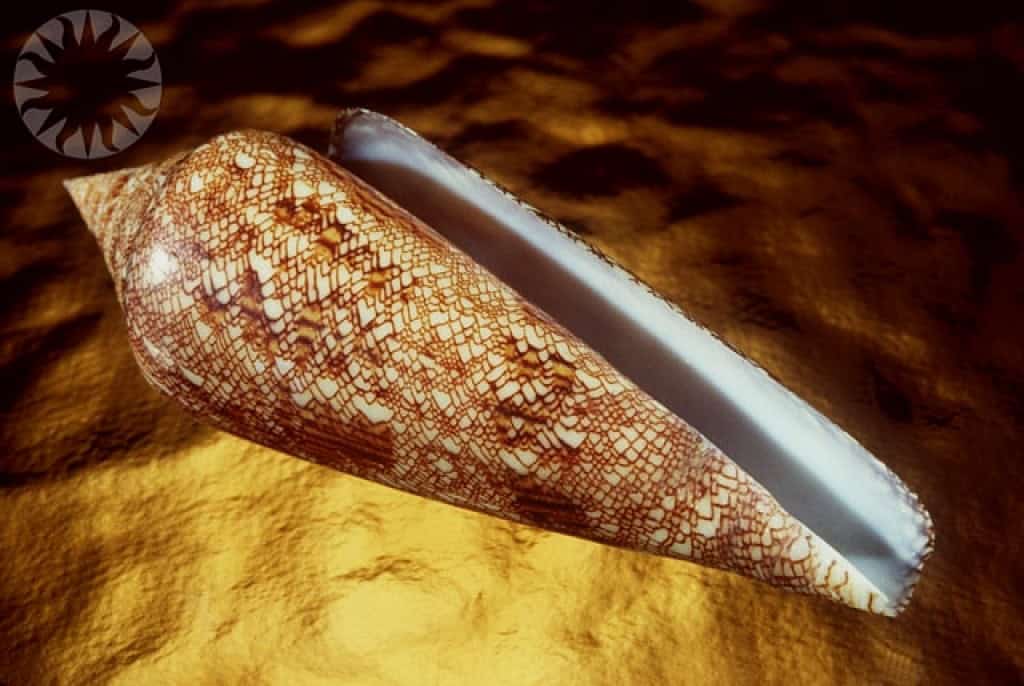
The Glory of the Sea Cone is renowned for its intricate, net-like pattern. Its shell features a series of delicate, interwoven lines that create a stunning design. This beauty is matched by its scarcity. Found primarily in the Indo-Pacific region, this shell is elusive because it lives in deep waters, often beyond the reach of casual collectors. The difficulty in accessing its habitat contributes significantly to its rarity.
Golden Cowrie (Cypraea aurantium)

The Golden Cowrie is notable for its rich golden color and smooth, shiny surface. It has been a symbol of royalty in Pacific Island cultures due to its beauty and rarity. This shell resides in deep-sea environments, making it hard to collect. Over-harvesting in some regions has also contributed to its scarcity, further elevating its status among collectors.
Argonaut (Argonauta argo)
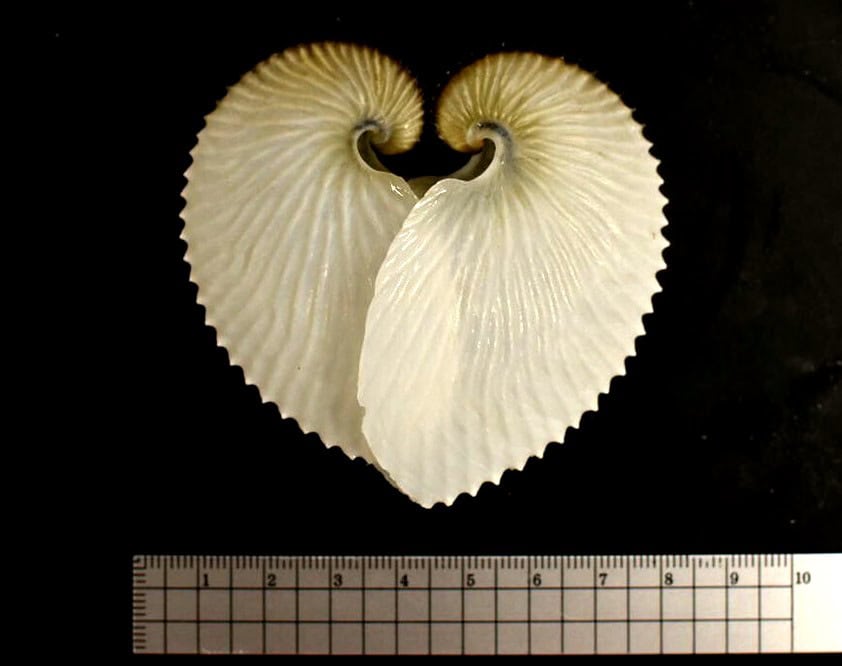
The Argonaut, also known as the paper nautilus, is unique. It’s not a true shell but a brood chamber produced by the female octopus. Its delicate, paper-thin structure makes it a fascinating find and a fragile treasure. This shell is elusive due to its fragile nature and specific habitat requirements. It is often found washed ashore in tropical and subtropical regions, but its thin, delicate build means it often breaks before being discovered.
Murex (Murex pecten)
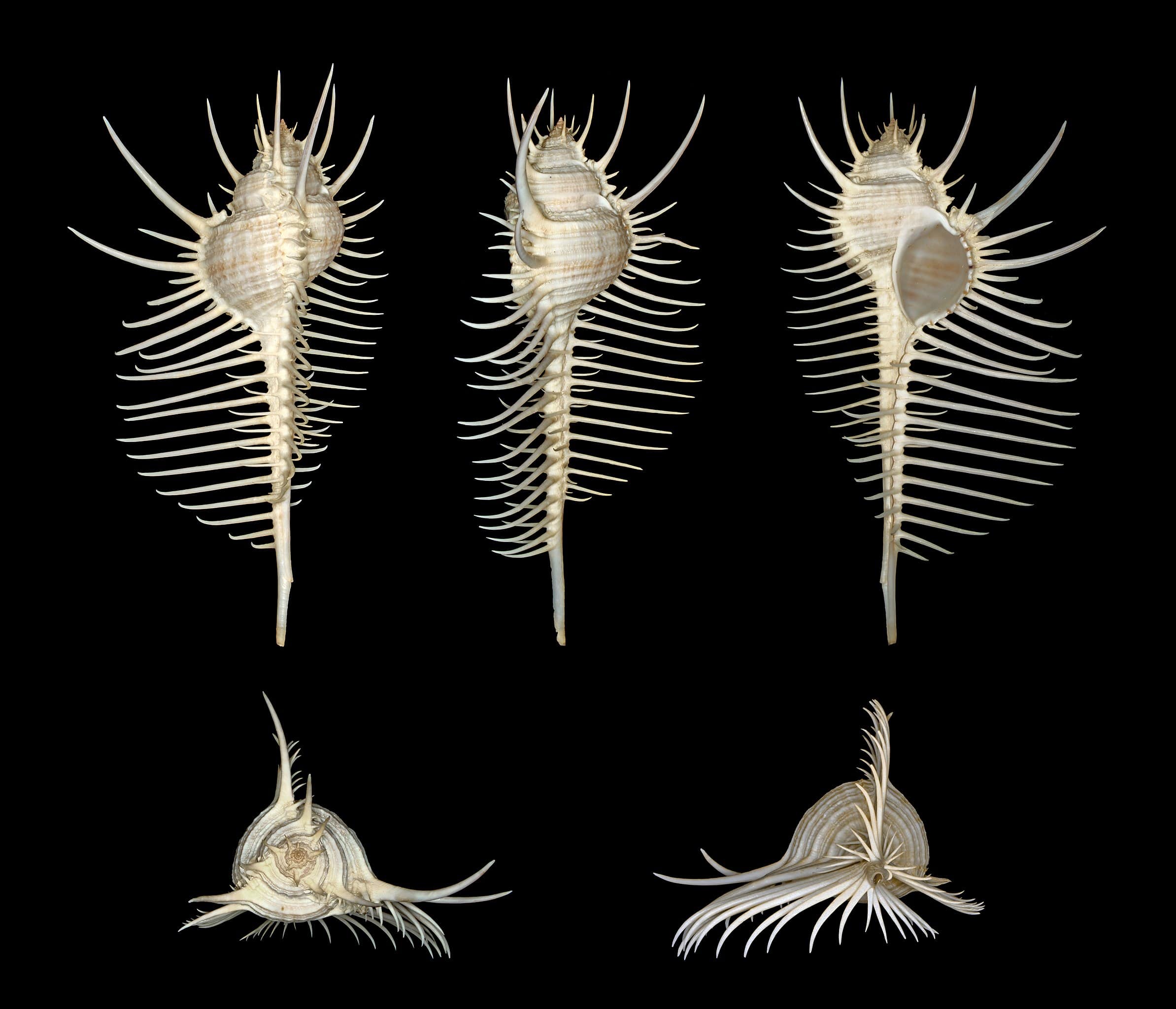
Murex shells are famed for their ornate, spiny appearance. They come in various striking forms and colors, making them highly sought after by collectors. Each Murex shell is a work of art, with intricate spines and vibrant hues. These shells are elusive due to their habitat in rocky, shallow waters of the Indo-Pacific. They are also over-collected for decorative purposes, making them even harder to find.
Wentletrap (Epitonium scalare)

The Wentletrap shell is prized for its elegant, spiral structure. Its smooth, white, and often translucent appearance adds to its allure. The name “wentletrap” comes from the Dutch word for spiral staircase, aptly describing its shape. Their hidden lifestyle makes them a rare find for shell collectors. The Wentletrap’s unique spiral design and scarcity make it a cherished item in any shell collection.
Epitonium (Epitonium clathrus)
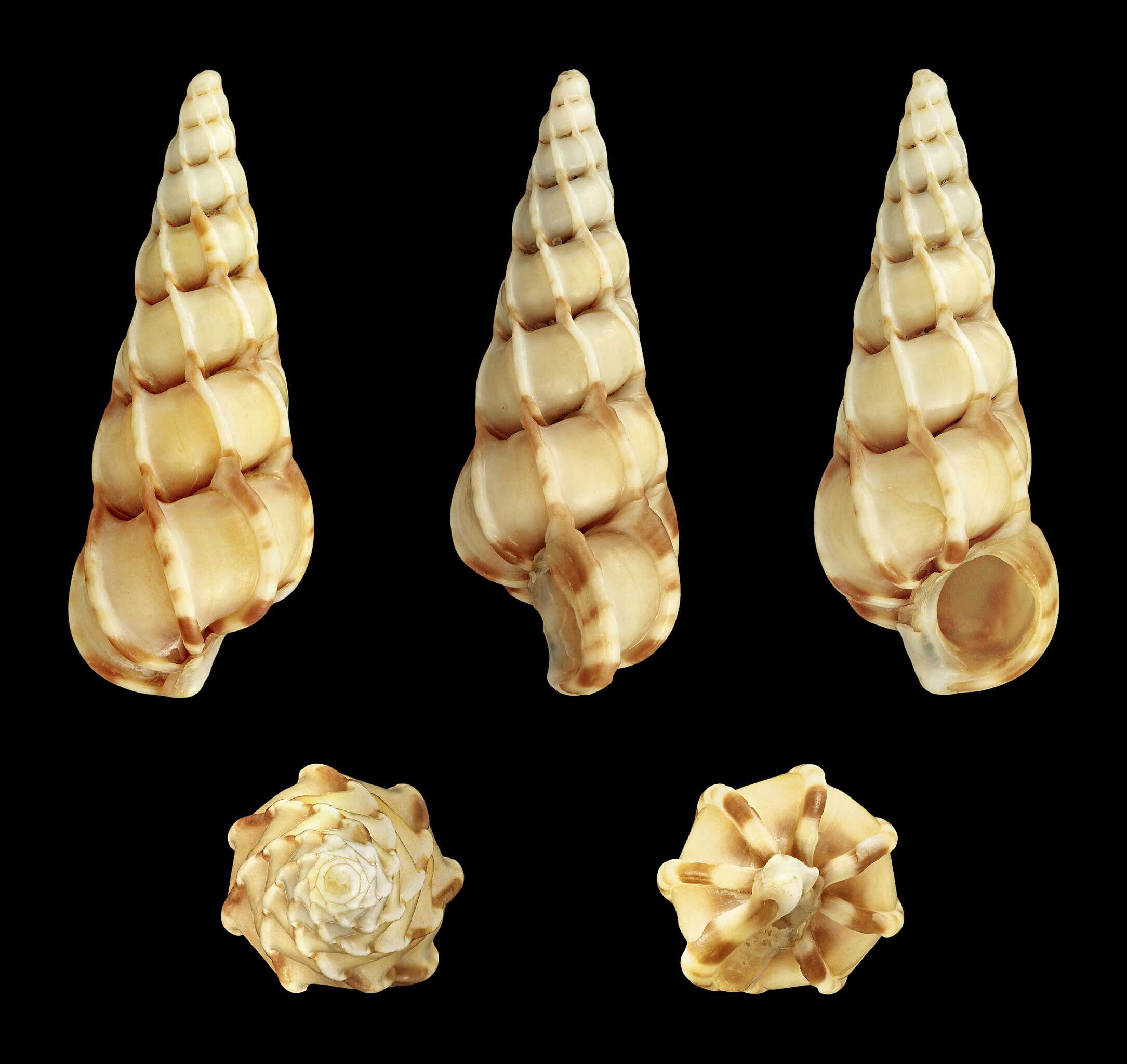
Epitonium clathrus shells are highly decorative with a distinctive spiral structure. They feature fine, ribbed whorls that make them stand out among other shells. The intricate patterns and shapes make them a favorite among collectors. Their small size and specific habitat make them difficult to spot and collect, adding to their rarity. The Epitonium clathrus’s detailed design and the challenge of finding them make these shells highly desirable.
Scaly Scallop (Mimachlamys asperrima)
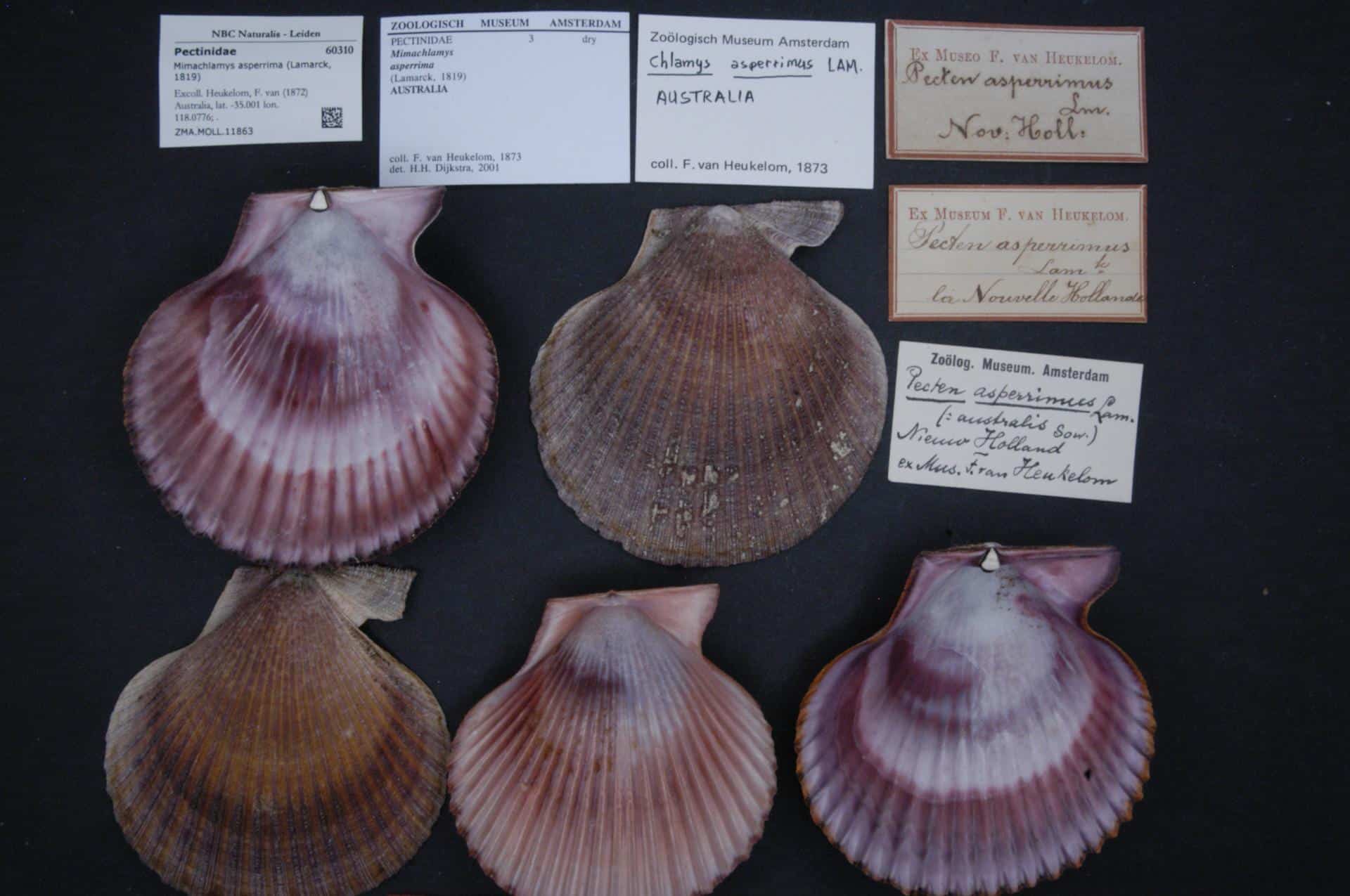
The Scaly Scallop is known for its unique, textured surface. Its rough, scaly appearance sets it apart from other scallop shells. The vibrant colors and patterns make it a collector’s favorite. Found in deep waters, this shell is elusive because of the challenging conditions required for its survival. The difficulty in retrieving them from their natural habitat adds to their rarity, making them a prized addition to any collection.
Lion’s Paw Scallop (Nodipecten nodosus)
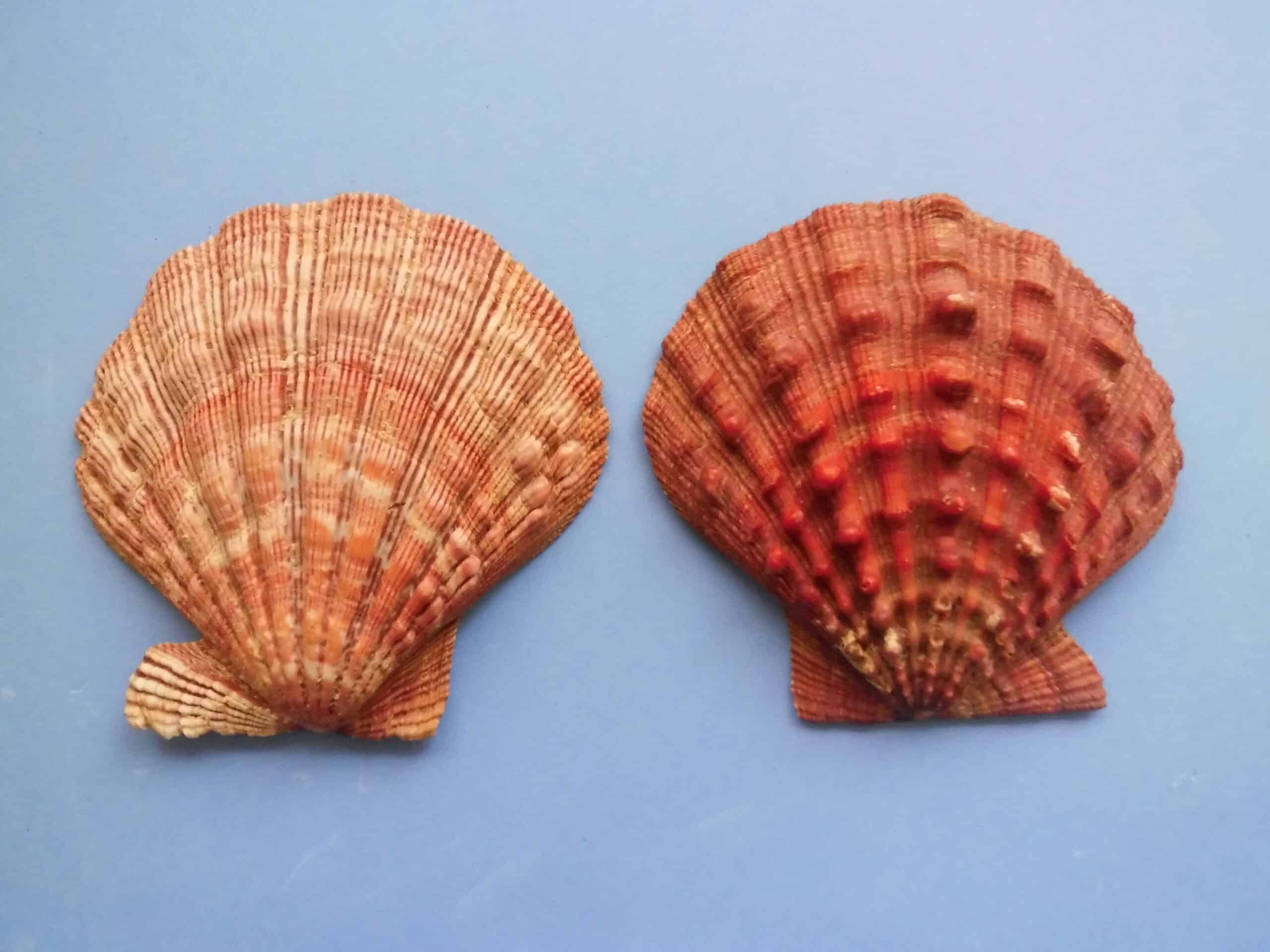
The Lion’s Paw Scallop boasts vibrant colors ranging from red to orange and a robust, fan-like shape. Its sturdy, thick shell with distinct ridges makes it stand out. Found primarily in deeper waters off the coast of the Americas, it’s a challenge for collectors due to its preferred habitats. This scallop thrives in specific environmental conditions, including rocky substrates and clear waters. Its limited distribution contributes to its rarity. Over-collection has also played a role in making it elusive.
Tiger Cowrie (Cypraea tigris)
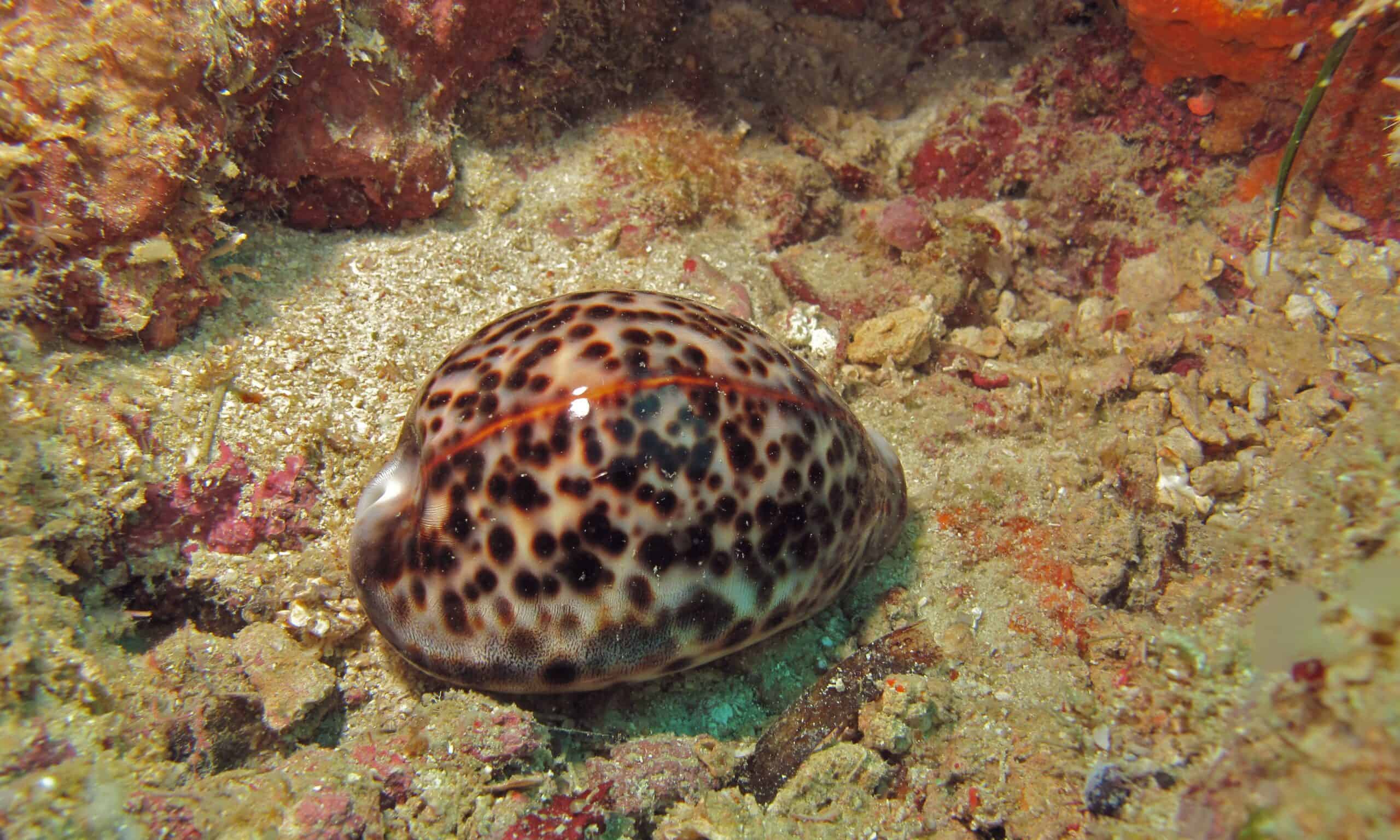
The Tiger Cowrie is instantly recognizable by its glossy, tiger-like pattern of dark spots on a cream background. Its smooth, polished surface and rounded, oval shape are particularly appealing to shell collectors. This species is typically found in tropical regions of the Indian and Pacific Oceans, often hiding under rocks or coral during the day. Habitat loss due to coral reef destruction has significantly impacted its population, making it rare in many areas. These factors, combined with its natural camouflage and nocturnal habits, make the Tiger Cowrie a difficult shell to find.
Sundial Shell (Architectonica perspectiva)
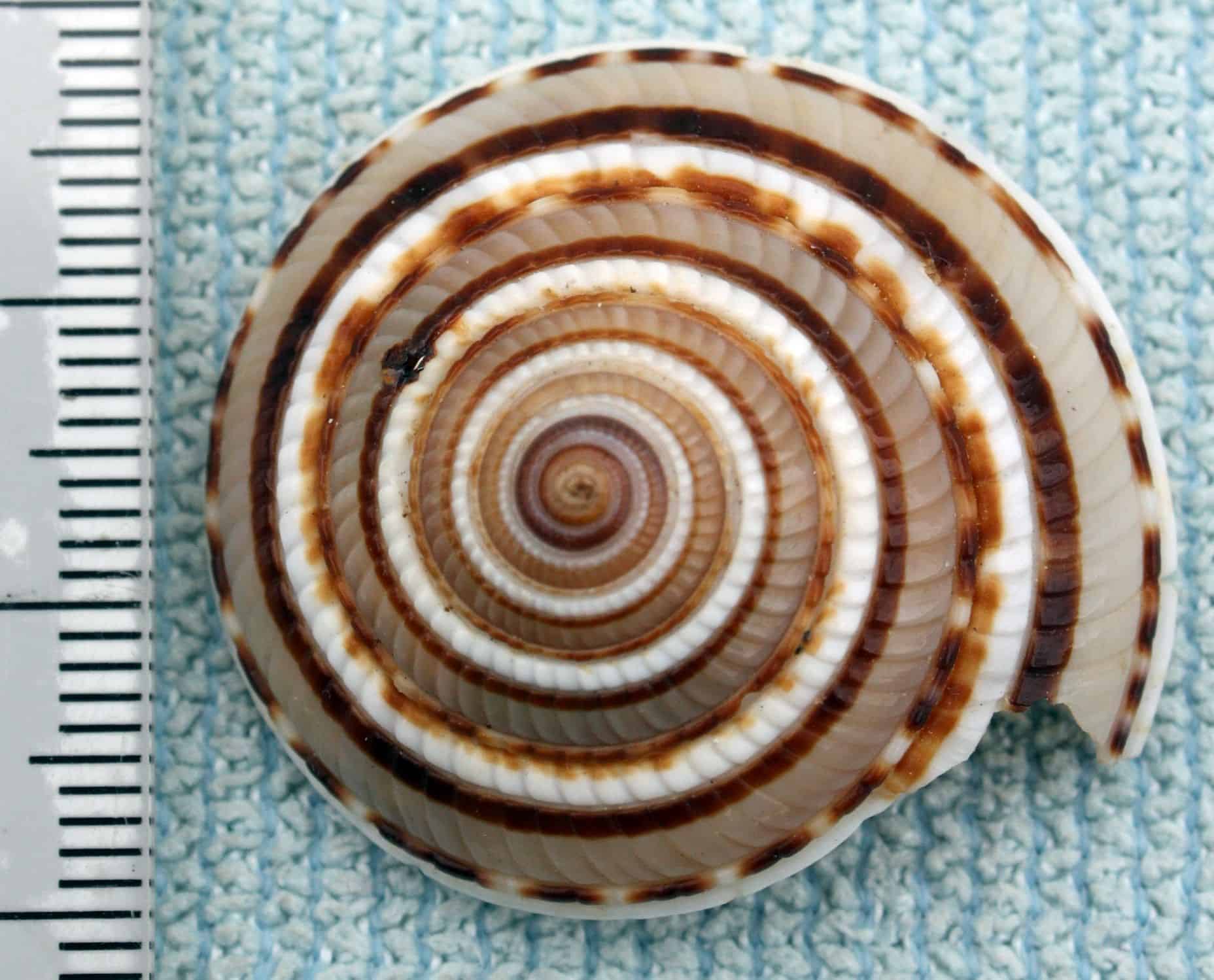
The Sundial Shell features a flat, spiraled shape with intricate, radial patterns resembling a sundial. Its smooth surface and striking symmetry are mesmerizing. Typically found in shallow tropical waters, it often blends in with sandy or muddy environments, making it difficult to spot. Its ability to camouflage adds to its elusiveness. Specific habitat preferences, such as clean, shallow marine environments, limit its distribution. Collectors often find it hard to spot due to its natural coloration and habitat.
Olivella (Olivella biplicata)
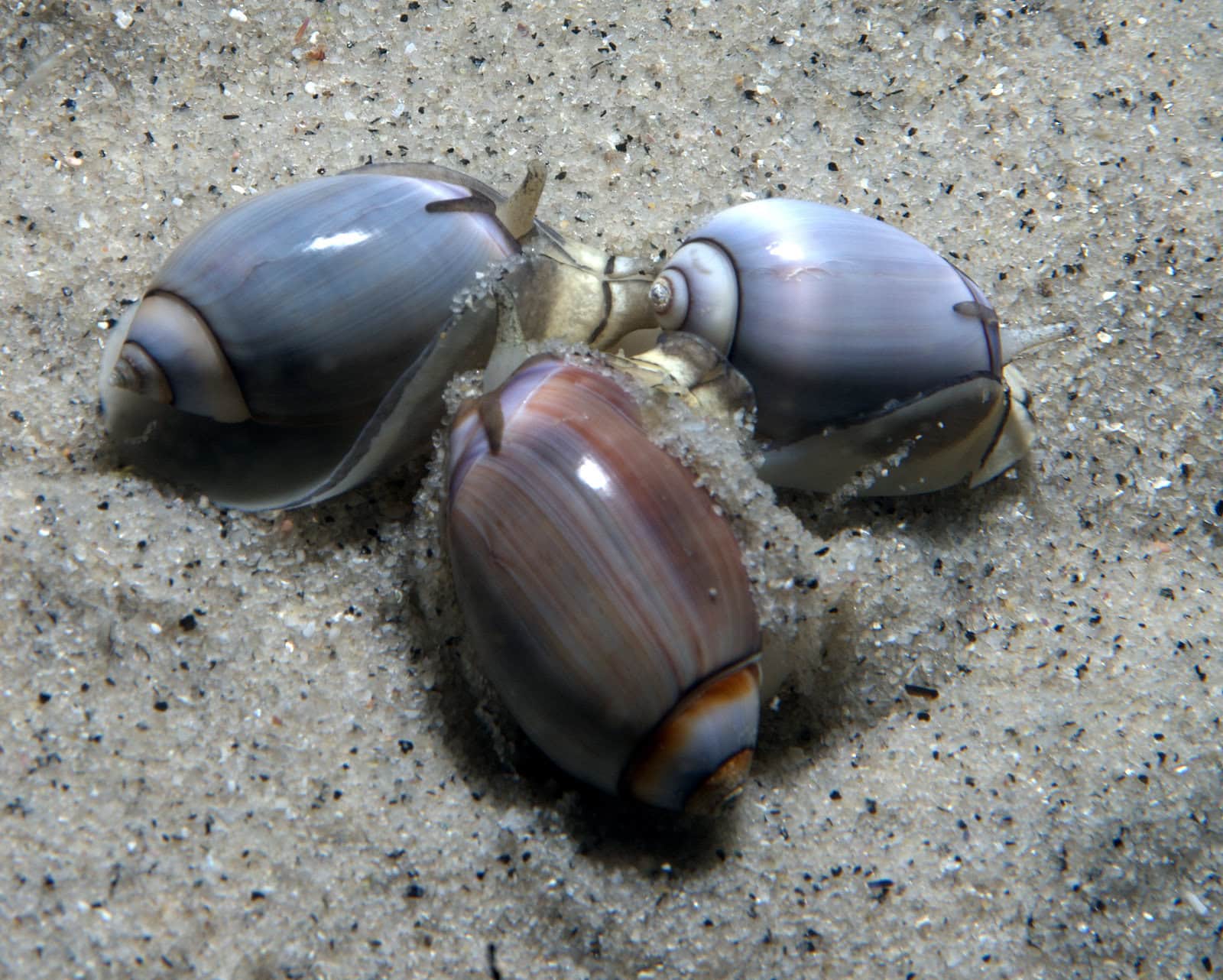
The Olivella, also known as the dwarf olive, is a small, glossy shell with a smooth, cylindrical shape. Its polished surface ranges in color from tan to deep brown, often with darker bands. Found in sandy substrates along the Pacific Coast of North America, it is often buried, making it a challenge to locate. Burrowing habits contribute to its elusive nature, as it spends much of its time hidden beneath the sand. Its small size adds to the difficulty of spotting it on the seafloor.
Brocade Turrid (Turris babylonia)
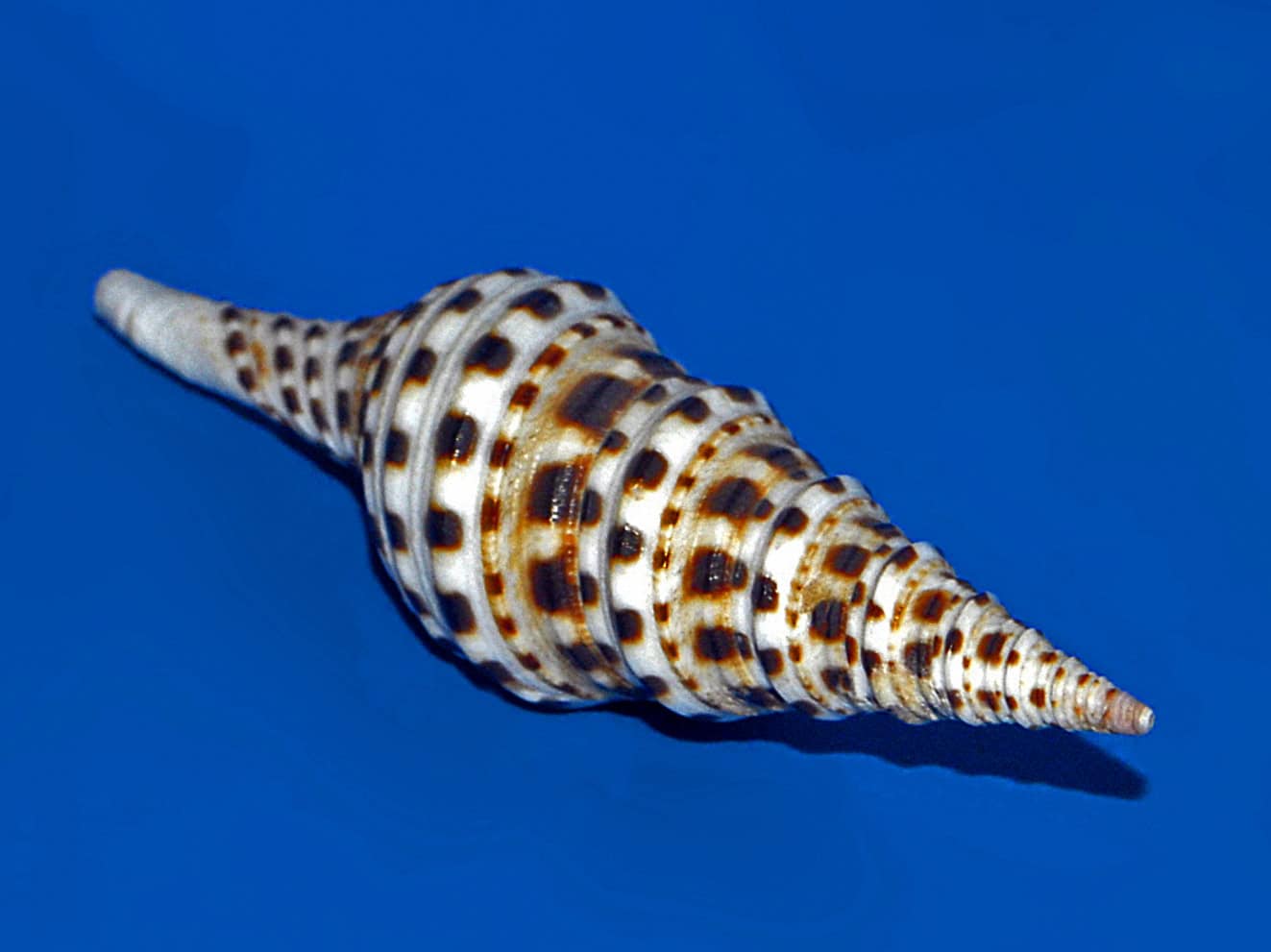
The Brocade Turrid is known for its intricate, brocade-like patterns that adorn its slender, elongated shape. The shell often features a combination of brown, white, and cream colors, creating a tapestry-like effect. Found in deep waters of the Indo-Pacific region, it is a challenging find due to its habitat. Specific habitat requirements limit its distribution to certain deep-sea environments.
This article originally appeared on Rarest.org.
More from Rarest.org
1958 Franklin Half Dollar Value Guide

The 1958 Franklin Half Dollar is produced in 90 percent silver and 10 percent copper. The exact composition was used for the fifty-cent piece since the U.S. Mint struck it from 1948 to 1963. Read More.
1957 Jefferson Nickel Value Guide

Are you looking for some details about the 1957 Jefferson nickel? If yes, then you’re in the right place. Read More.
12 Rare Vintage Toys Every Collector Covets
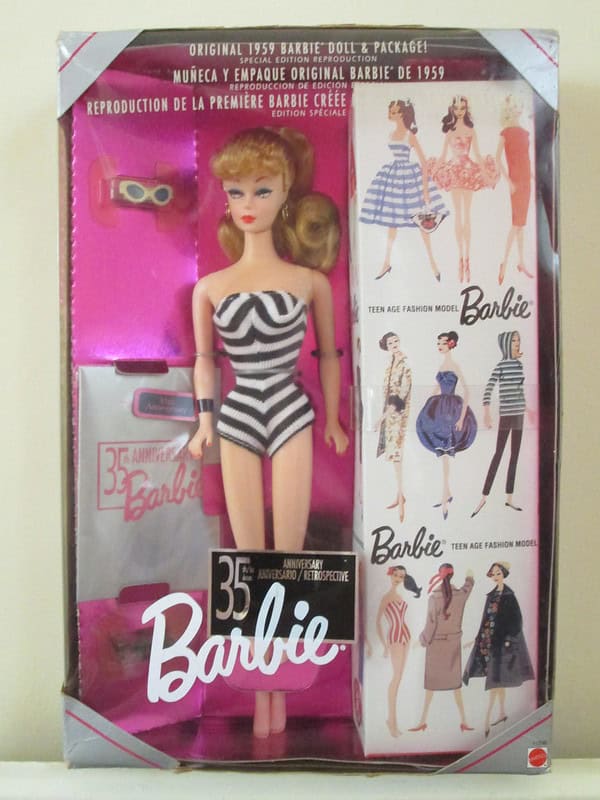
Collecting vintage toys is a beloved hobby that brings back fond memories of childhood while offering a glimpse into the past. Read More.
